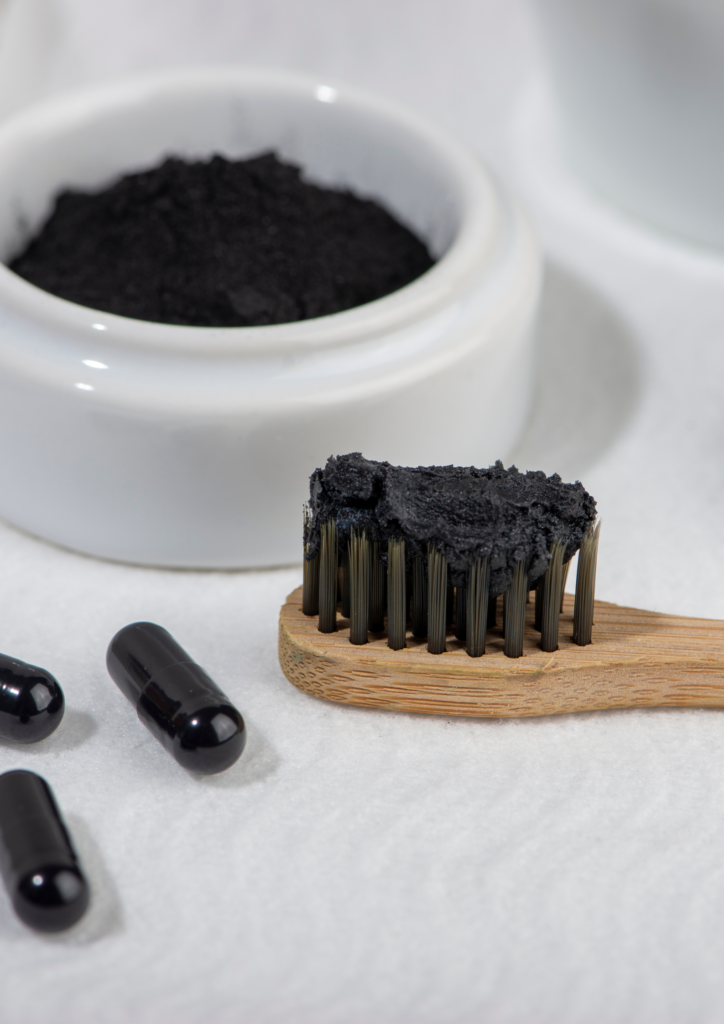How to Make Your Own Natural Deodorant at home: Effective, Affordable, and Eco-Friendly

“When you choose natural deodorant, you’re embracing a healthier, more intentional lifestyle for yourself and the planet.”
Switching to a natural deodorant is more than just a personal care decision—it’s a lifestyle shift toward healthier choices and sustainability. Many store-bought deodorants contain chemicals like aluminum, parabens, and synthetic fragrances that can irritate the skin, disrupt hormones, and even contribute to environmental pollution.
Making your own deodorant at home is a simple, cost-effective solution that gives you control over what goes on your body. It’s not only better for your health but also reduces packaging waste, contributing to a more eco-conscious lifestyle. In this detailed guide, we’ll dive into the benefits of natural deodorant, provide a step-by-step recipe, and share customization tips to suit your unique needs.
Why Transition to Natural Deodorant at home?
1. Safer Ingredients for Your Skin
Conventional deodorants often contain ingredients like aluminum, which clogs sweat glands to reduce sweating. While effective, this process can interfere with your body’s natural detoxification. Natural deodorants, on the other hand, rely on ingredients that neutralize odor and nourish your skin without blocking sweat.
2. Environmentally Friendly
Switching to homemade deodorant cuts down on the single-use plastic packaging that comes with store-bought options. By reusing containers, you contribute to a circular economy and reduce landfill waste.
According to the Environmental Protection Agency (EPA), an estimated 91% of plastic waste is not recycled, making sustainable choices essential.
3. Cost Savings
Homemade deodorant costs a fraction of store-bought options. Once you invest in key ingredients, you can make multiple batches, saving money over time.
4. Customization
Everyone’s body chemistry is different. By making your own deodorant, you can adjust the formula to suit your skin type, scent preferences, and lifestyle needs.
“Natural deodorant isn’t just a product—it’s a choice to honor your body and the planet with mindful living.”
Common Myths About Natural Deodorants

| Myth | Truth |
|---|---|
| Natural deodorant stops sweat. | Natural deodorants don’t block sweat; they neutralize odor and absorb moisture. |
| It won’t work for everyone. | Most people find natural deodorants effective with the right formula and adjustment period. |
| DIY is too complicated. | Making natural deodorant is simple and takes less than 15 minutes! |
Essential Ingredients and Their Benefits
| Ingredient | Benefit |
|---|---|
| Baking Soda | Balances skin pH and neutralizes odor. Avoid if you have very sensitive skin. |
| Arrowroot Powder | Absorbs moisture and keeps the skin dry. |
| Coconut Oil | Antimicrobial, moisturizing, and nourishing for the skin. |
| Shea Butter | Adds a creamy texture and soothes irritated skin. |
| Essential Oils | Provides fragrance and antibacterial properties (e.g., lavender, tea tree, eucalyptus). |
| Bentonite Clay | Detoxifies the skin and adds extra odor absorption (optional for stronger formulations). |
Tip: Opt for organic, high-quality ingredients to ensure purity and efficacy.
Step-by-Step Recipe: DIY Natural Deodorant
Ingredients
- 2 tbsp baking soda (reduce to 1 tbsp for sensitive skin)
- 2 tbsp arrowroot powder or cornstarch
- 3 tbsp coconut oil
- 1 tbsp shea butter
- 10 drops essential oil (e.g., lavender, tea tree, or eucalyptus)
Instructions
- Melt the Base
Use a double boiler to gently melt the coconut oil and shea butter. Stir until well combined. - Mix the Dry Ingredients
In a separate bowl, combine baking soda and arrowroot powder. Adjust the baking soda amount based on your skin’s sensitivity. - Combine Wet and Dry Ingredients
Slowly add the dry mixture into the melted oils, stirring continuously to avoid lumps. - Add Essential Oils
Once the mixture is smooth, add essential oils of your choice. Lavender is calming, tea tree is antimicrobial, and citrus oils provide a refreshing scent. - Transfer to a Container
Pour the mixture into a clean, reusable container or an empty deodorant stick mold. Allow it to cool and solidify at room temperature or in the refrigerator. - Store and Use
Store in a cool, dry place. Apply a pea-sized amount to your underarms and rub it in gently.
Tips for Customization
- Sensitive Skin: Replace baking soda with more arrowroot powder or use bentonite clay as a substitute.
- Extra Strength: Add a teaspoon of activated charcoal for stronger odor control.
- Unique Scents: Blend essential oils for a custom fragrance. Try combinations like lavender and lemon or peppermint and rosemary.
Pro Tip: Test the essential oil blend on a small patch of skin to check for allergies before adding it to the recipe.

Troubleshooting Natural Deodorant
| Problem | Solution |
|---|---|
| Skin irritation | Reduce or eliminate baking soda; increase arrowroot powder. |
| Grainy texture | Ensure the coconut oil and shea butter are fully melted before combining. |
| Not effective against odor | Add a few more drops of antimicrobial essential oils or incorporate a small amount of bentonite clay or activated charcoal. |
| Melts in summer heat | Store in the refrigerator or increase the ratio of shea butter to coconut oil. |
How Natural Deodorant Differs from Antiperspirant
| Aspect | Natural Deodorant | Antiperspirant |
|---|---|---|
| Sweat Control | Neutralizes odor without blocking sweat. | Blocks sweat by clogging sweat glands with aluminum compounds. |
| Key Ingredients | Baking soda, arrowroot powder, oils. | Aluminum, parabens, artificial fragrances. |
| Health Impact | Gentle on skin and free of toxins. | May disrupt hormones and cause skin irritation. |
Links for Further Reading
- “Zero-Waste Beauty: 7 DIY Skincare Recipes for Glowing, Healthy Skin”
- “The Art of Homemade Herbal Oils and Infused Vinegars”
- “5 DIY Natural Cleaning Recipes to Keep Your Home Sparkling and Toxin-Free”
FAQ: What to Expect When Switching to Natural Deodorant
1. Is there a detox period?
Yes, your body may go through an adjustment period of 1–2 weeks as it eliminates built-up toxins. During this time, you may sweat more or notice a stronger odor.
2. How often should I reapply?
Most people find that applying once daily is sufficient. However, during hot weather or intense activity, you may need to reapply.
References
- Environmental Working Group. (n.d.). “Deodorants and Antiperspirants.”
- National Center for Complementary and Integrative Health. (2022). “The Safety of Essential Oils.”
- American Academy of Dermatology. (2021). “Caring for Sensitive Skin.”
- Plastic Pollution Coalition. (2020). “The Environmental Impact of Personal Care Products.”
Making your own natural deodorant is an empowering and rewarding experience. Not only do you avoid harmful chemicals, but you also create a product tailored to your unique needs and preferences. Give it a try today and enjoy the benefits of a healthier, eco-friendlier lifestyle! 🌿
As an Amazon Affiliate, we earn from qualifying purchases, but at no extra cost to you.



